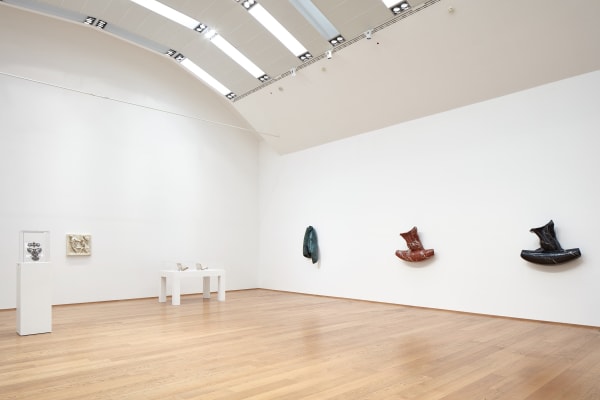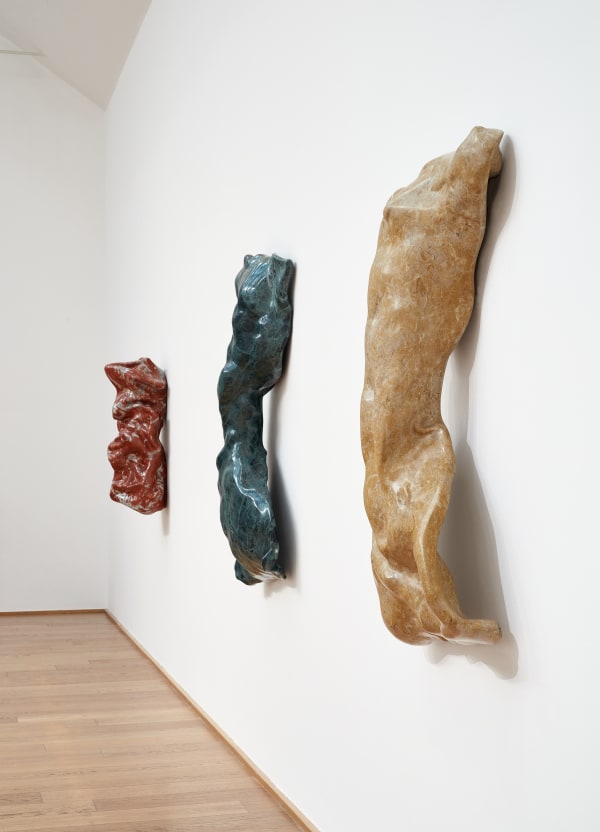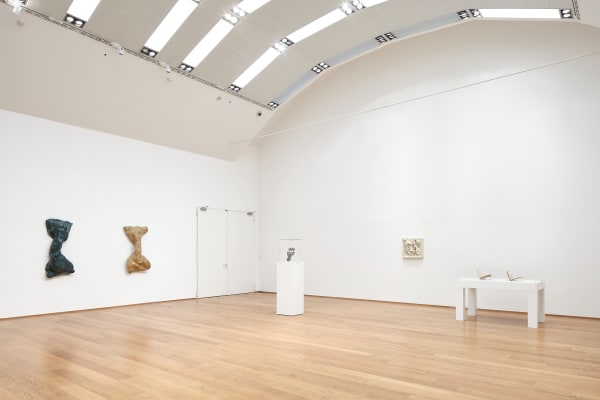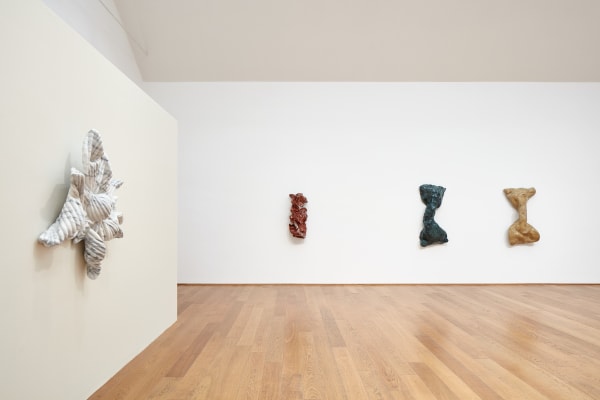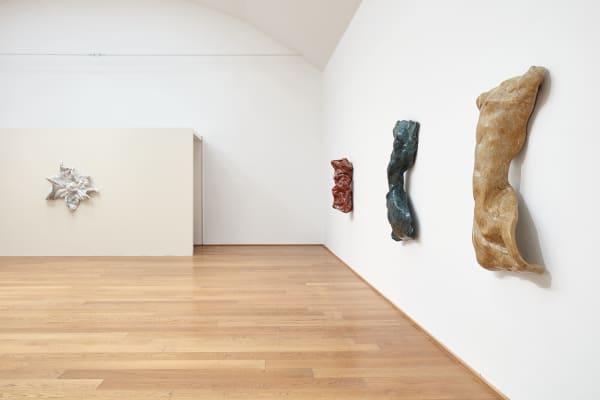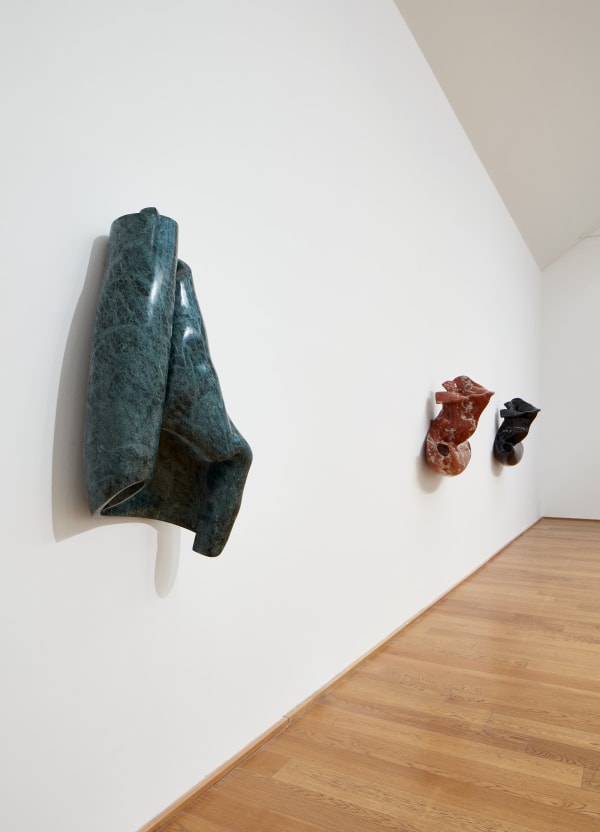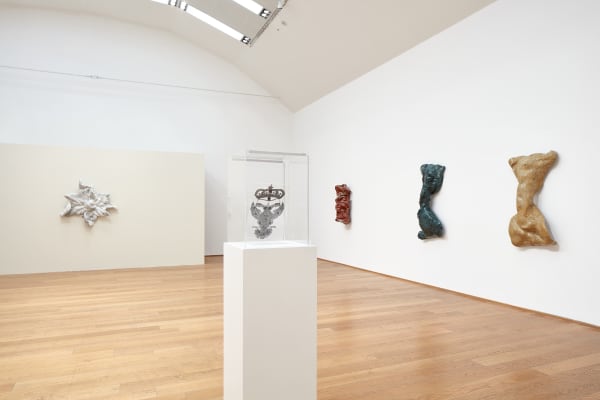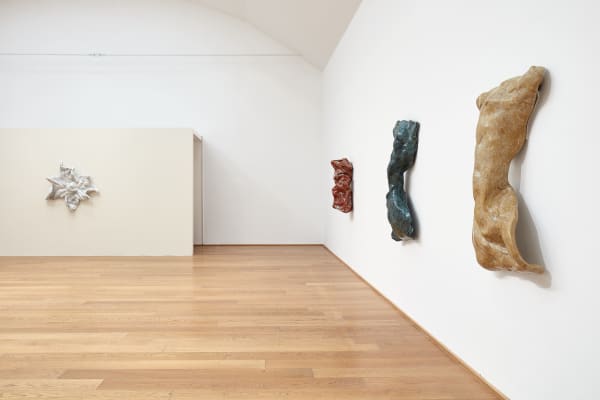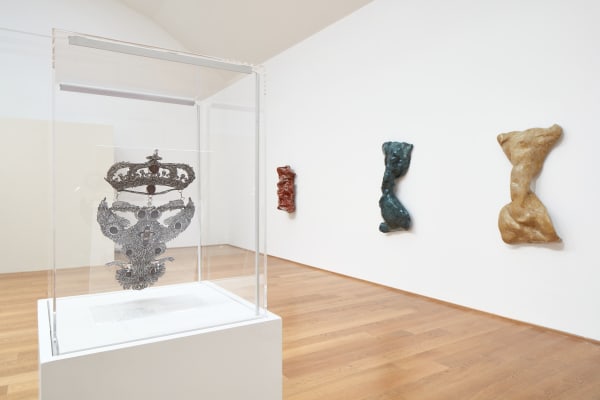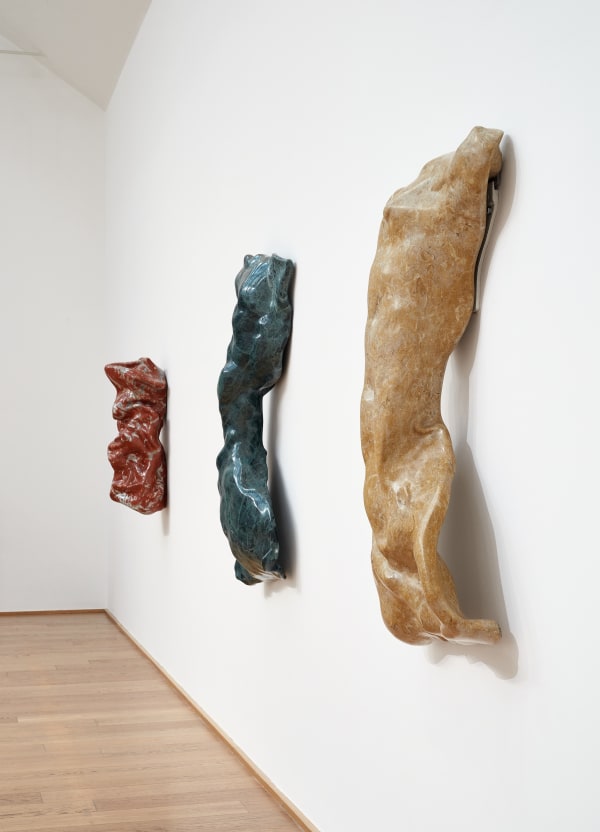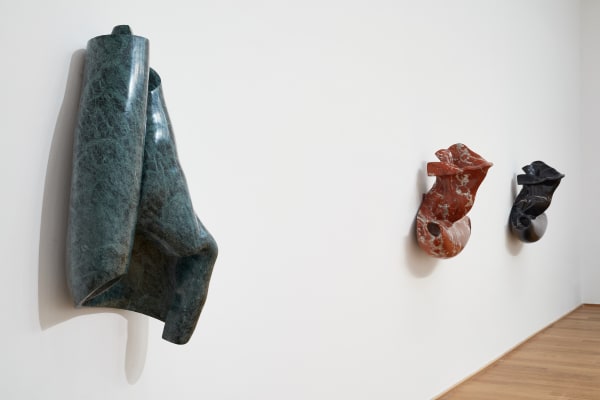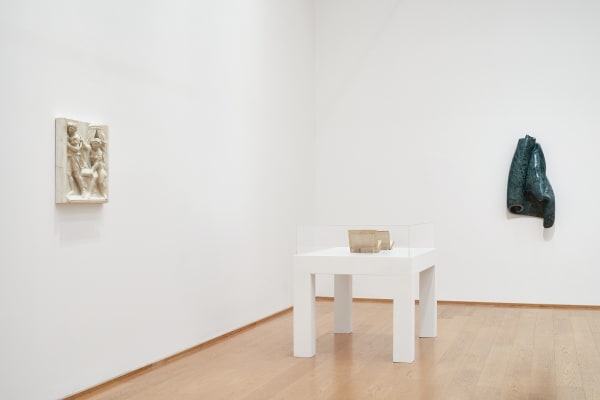MAMbo – Museo d'Arte Moderna di Bologna inaugurates the 2024 exhibition program in the Project Room with the exhibition "Lynda Benglis & Properzia de’ Rossi “Sculpitrici di capriccioso e destrissimo ingegno" curated by Lorenzo Balbi.
The exhibition presents an unprecedented dialogue between Properzia de’ Rossi (Bologna, circa 1490 – 1530), considered the first female sculptor in art history and the only woman to have a biography in Giorgio Vasari's "Lives," and Lynda Benglis (Lake Charles, Louisiana, 1941), regarded as one of the most important and irreverent living sculptors. Belonging to eras and cultures far apart, the two artists, both virtuosos of the sculptural medium, are united by their ambition to assert their creative individuality in contexts that were hostile or difficult for women to access.
Properzia de’ Rossi challenges the limits of her time through her very presence as an artist in a predominantly male context—the prestigious Bologna workshop of San Petronio—where renowned artists such as Niccolò Tribolo, Alfonso Lombardi, Girolamo da Treviso, and Amico Aspertini were engaged in sculpting the marble portals of the facade. According to Vasari, de’ Rossi endured the immense physical effort required by the sculptural technique, driven by the desire for fame and the will to wrest the "boast of superiority" from the male universe, though "through her husband" she would have asked the "supervisors of the basilica" for a part of that work. Furthermore, Vasari emphasizes the manifestation of the woman's irreverent nature in the marble relief she created, depicting the biblical episode of Joseph and Potiphar's wife: according to the art critic, the work, which tells of an adulterous love, is a manifesto of the "intense passion" the sculptress harbored for her lover and which she expressed in her art. In Vasari's view, therefore, Properzia de’ Rossi's artistic activity is diminished by the intervention of two men: her husband, as an intermediary for obtaining her work, and her lover, as the inspiration for her art.
Like Properzia de’ Rossi, Lynda Benglis, five centuries after the Bolognese artist, has operated a revolution from the outset, challenging social limits and, concurrently, those of the material through her artistic gesture. An American of Greek descent, Benglis began her career in the 1960s, opposing the geometry and dogmatism of the Minimalist art movement—whose major representatives, such as Donald Judd and Robert Morris, were male—with extravagant and colorful works. From the pours of pigmented latex, which create floor-adhering paintings, to the experimental materials she chose, which change their nature over time, everything contributes to feeding the gesture with which Benglis shapes evolving works that defy the immutability and stasis typical of sculptural artworks.
Even in the case of the works exhibited at MAMbo, the brilliant color shades do not follow the canonical trajectory of using white marble in contemporary art—as in the case of Sol LeWitt—thus expanding the possibilities of expression of the technique, resulting in a rich and profound visual heritage. Her experimentation with color in the context of marble sculpture aligns with her desire to preserve historical elements, considering the influence of Greek art and Baroque, with the aim of breaking the temporal boundaries of art. Benglis's works retain an anthropomorphic trace, captured through a precise gesture and moment defined by the artist as "the frozen gesture," and produce a new revolutionary interpretative key for sculptural art, staging a dense dialogue between past and present.
"Lynda Benglis & Properzia de’ Rossi “Sculpitrici di capriccioso e destrissimo ingegno" presents from the Bolognese artist's production the noble coat of arms of the Grassi family, in silver filigree with carved plum or apricot pits, from the Medieval Museum of Bologna, specially restored for this exhibition, and a 3D reproduction of the marble relief, also produced for the exhibition, depicting the biblical episode of Joseph and Potiphar's wife, created for the portal of the Basilica of San Petronio and preserved in its Diocesan Museum. The latter is a faithfully accurate duplicate, extremely useful in case of loss of the original work, making accessible at MAMbo a sculpture impossible to move from its original walled location. This 3D reproduction represents a concrete action to enhance the cultural heritage entrusted to digital technology, primarily used in the conservation and restoration of artistic assets. Both the Grassi family coat of arms and the marble relief created for the Basilica of San Petronio are described and attributed by Vasari to Properzia de’ Rossi in the "Lives," the first critical art history text, which is also present in the exhibition through the two precious 1568 editions preserved in the Archiginnasio Library of Bologna.
From Lynda Benglis's artistic production, the exhibition presents seven marble sculptures, created between 2015 and 2021, from the Thomas Brambilla Gallery in Bergamo and private collections located in the metropolitan area of Bologna. These latter pieces not only enhance the Emilian territory but also represent an unmissable opportunity for the public to enjoy.
The exhibition "Lynda Benglis & Properzia de’ Rossi: Sculpitrici di capriccioso e destrissimo ingegno", born from the collaboration between Bologna’s Civic Museums Department, the Libraries and Cultural Welfare Department of the Municipality of Bologna, and the Archdiocese of Bologna, represents a virtuous example of a cultural strategy that aims to create shared projects to produce new and fascinating diachronic narratives on the cultural history of the city.
The exhibition is accompanied by a catalog published by Silvana Editoriale in a bilingual Italian/English edition, with texts by Lorenzo Balbi, Vera Fortunati, Irene Graziani, David J. Getsy, and Eloisa Morra. In the appendix, there are also thematic contributions by Elisa Rebellato on the edition of Vasari's "Lives" in the exhibition, Matteo Fabbri on the 3D reproduction of Properzia de' Rossi's bas-relief "Joseph and Potiphar's Wife," and Simone di Virgilio on the restoration of the Grassi family's noble coat of arms by Properzia de' Rossi. The volume is completed with exhibition views and additional images accompanying the texts.

January 25, 2024
